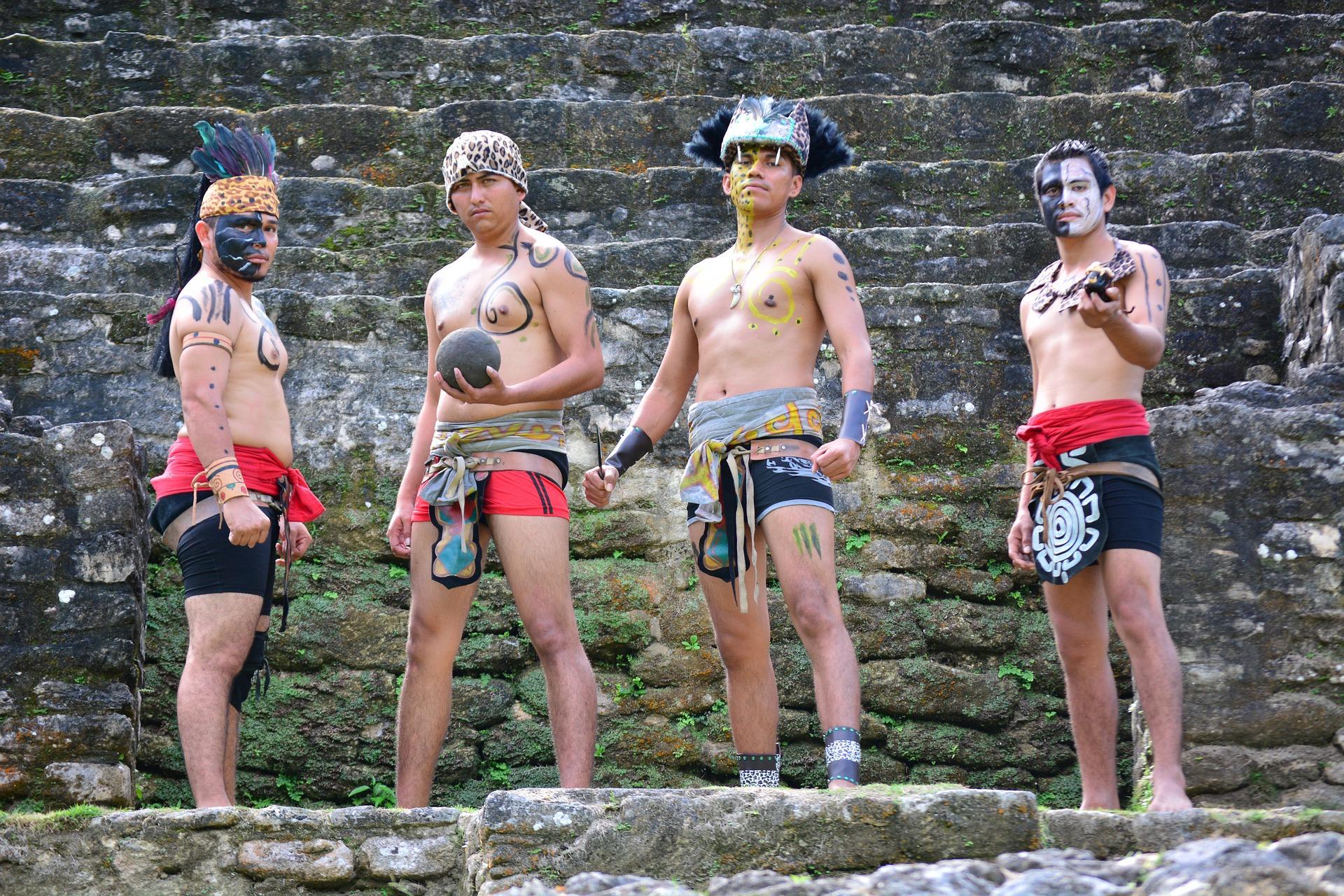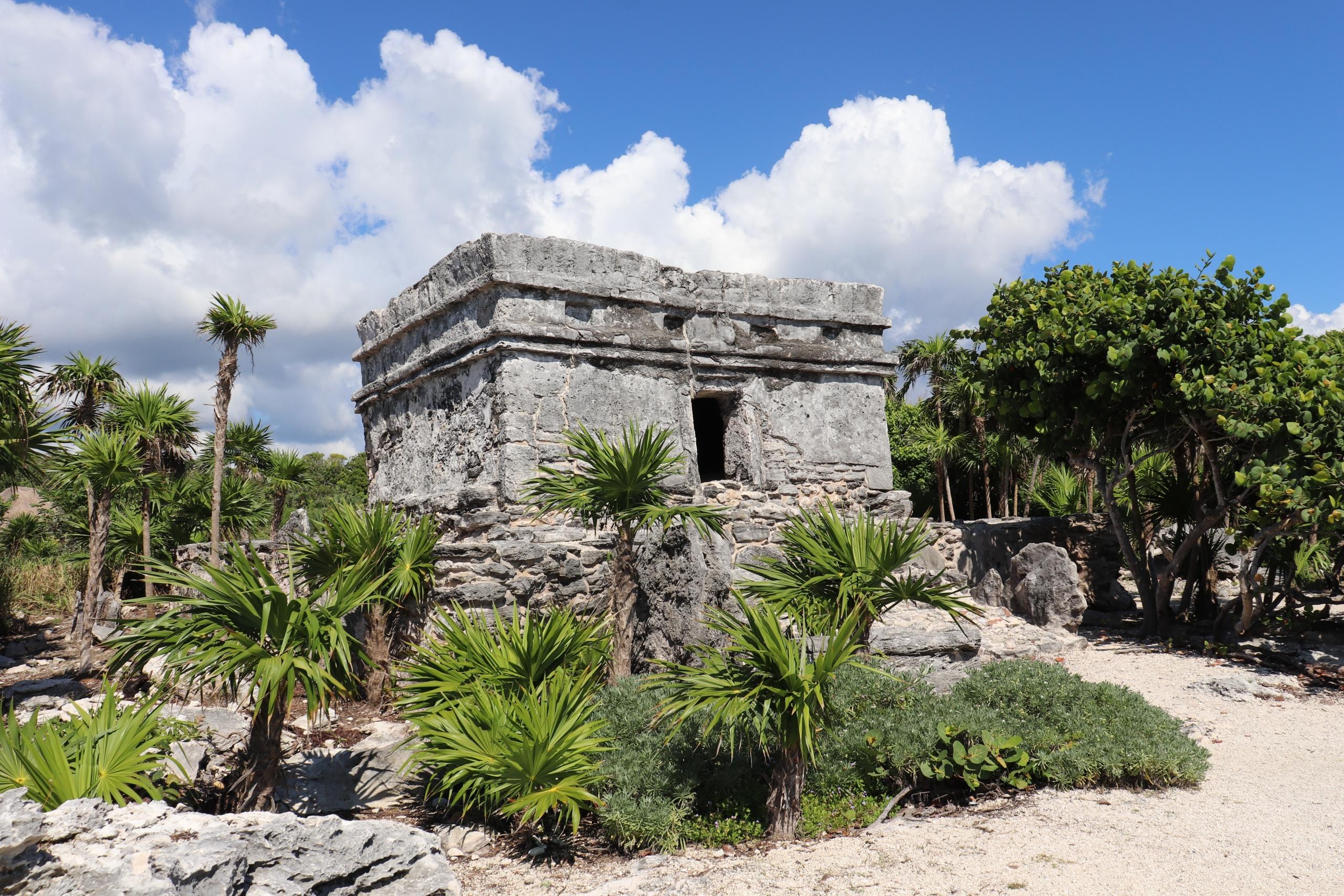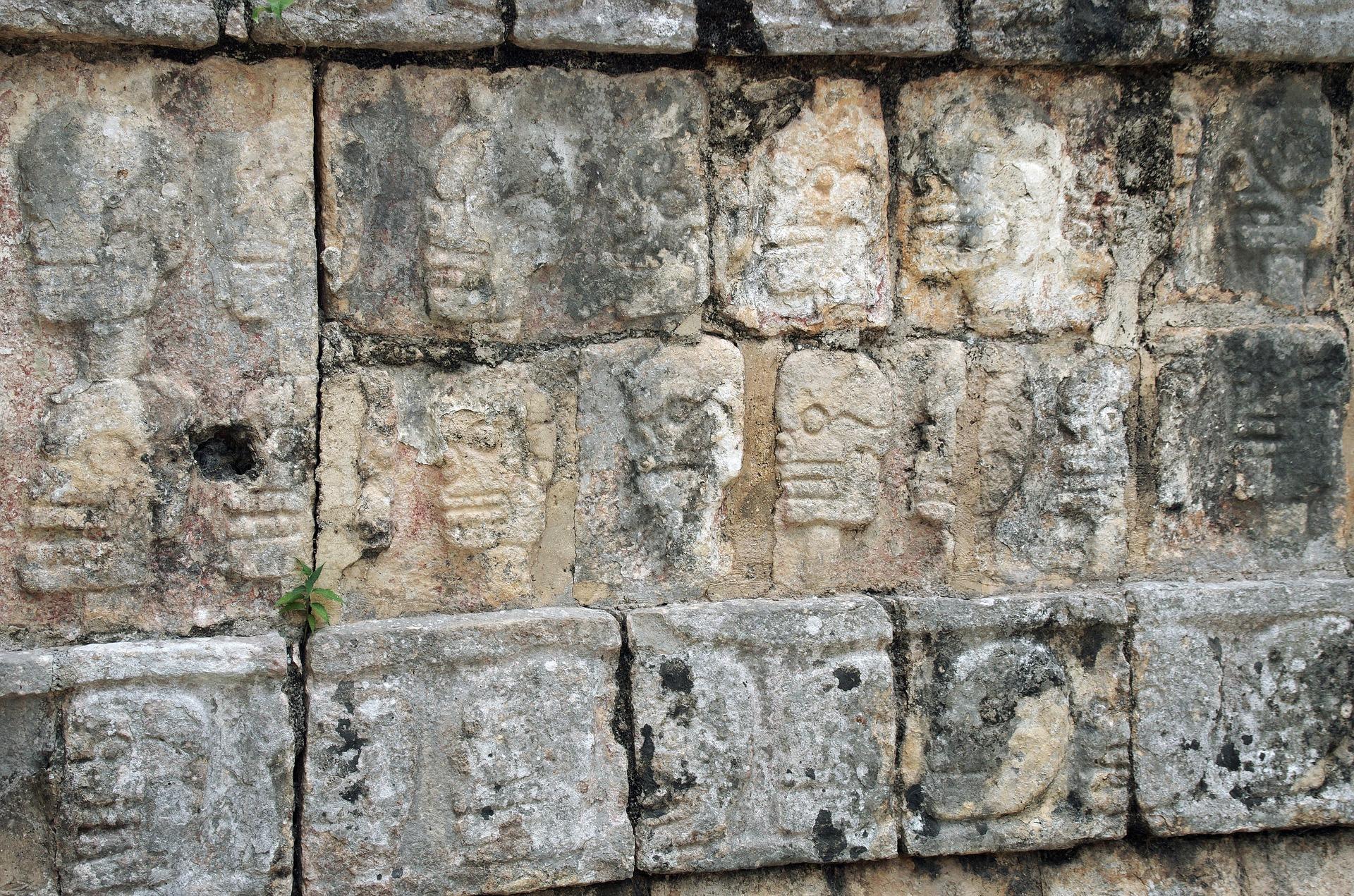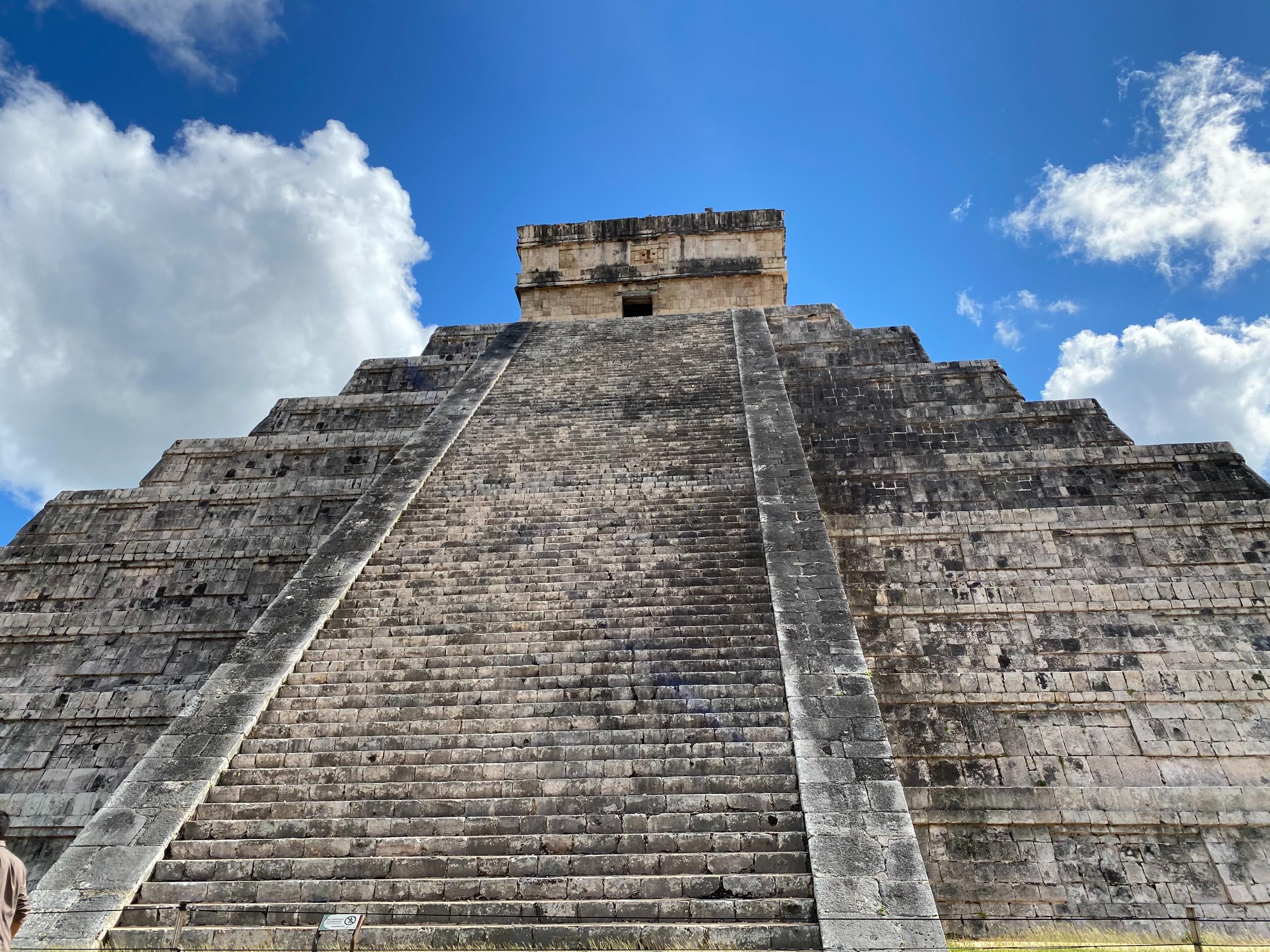The Mayans were a civilisation which had a major impact on the world, even years after their decline. One of their gifts to the world was the Mayan calendar, which was incorrectly interpreted to predict the end of the world in December 2012.
The frenetic and frantic activity which followed – the snapping up of survival kits and the building of underground shelters – is a testimony to the impact, power and genius of the Mayan civilisation, centuries after its demise.
In contrast with their scientific nature, the Mayans were a people who were both superstitious and religious.
Also, in sharp contrast to one another were their artistic abilities and their reputation for brutality – not only in ritual sacrifices, but also in everyday affairs, such as beheading and torturing their losing ball teams.
Let’s now take a look at Mesoamerica, where the Mayans built a civilisation of note. We’ll discover what life was like for them, what wonders they wrought and what eventually happened to them.
Want to give private lessons?
Join the Superprof community and share your knowledge with inquiring and motivated students.
The Ancient Maya Timeline
The is no exact date as to when the Maya civilisation first took root, but most researchers agree on a date around 1 800 BC. It is around this time that actual settlements were established and the Mayans started cultivating beans, squash, maize and chili peppers – staples of their diet even today.
In the 9th Century AD, a combination of factors – overpopulation, drought and civil war – led to widescale migration from the cities and farmlands.
This led to a gradual weakening of the Maya civilisation and, at the start of the 16th Century there weren’t sufficient Mayan warriors around to repel the Spanish conquistadors, who captured the last independent Mayan city in 1697.
Still the Maya civilisation has a long history, which scholars have categorised into three distinct eras:
- Pre-Classic: 1 000 BCE – 250 CE
- Classic: 250 – 900 CE
- Post-Classic: 900 – 1 521 CE
Various sources may differ somewhat on these dates, but expect that, since there is no definitive way to match events with specific dates.
The Geography of the Mayan Territory

The Mayan civilisation developed in what we today refer to as Central America – the isthmus connecting North- and South America – and the northern regions of South America.
At its peak, the Mayan civilisation has spread through all of the Yucatan Peninsula, south-eastern Mexico, Guatemala, Belize, El Salvador and Honduras.
Along with a generous coastline, the Mayans enjoyed a generally flat terrain, with a few hills, except for the mountain range, the Mayan Highlands, which extends into Guatemala.
They were fortunate, in that they had access to arable land and water was also readily available. This would have been sufficient had their population not boomed.
The Politics of the Maya
Despite their domain being vast and well-populated and their people all sharing a common world-view and ideology, they were never unified into a single empire.
They co-existed as a group of nation-states, which were connected by diplomatic alliances, trade relations and tribute obligations.
Tribute obligations related to the more powerful states exacting payment from their weaker neighbours. This was, generally, a gesture of submission and could take the form of goods or currency.
At first, Mayans were ruled by tribal chiefs, but later on, by the Classical period, leadership had become more powerful and centralised.

Leaders vindicated their position via divine right or through lineage; political connections with others in leadership positions also supported their tenure.
The Mayans believed that obedience and loyalty to their rulers was absolutely necessary to preserve social harmony.
Those who sought to oppose the leadership were harshly dealt with and, by the Classical Period, human sacrifice was an ingrained method of social control. Religious and political leaders had no qualms about executing ritual sacrifices as a means of exhibiting their power.
Want to give private lessons?
Join the Superprof community and share your knowledge with inquiring and motivated students.
The Mayan’s Social Structure
Almost from the very start of Mayan civilisation, a marked distinction existed between the two main social classes – the commoners and the elite.
The elite class, of course, included royalty, followed by the nobles, so dictated by either royalty or by the fact that they possessed land independent of the king.
Military and religious leaders were also regarded as elite. Others who were considered elite were:
- high priests
- government officials
- local administrators
- tribute collectors
- trade expedition leaders
- plantation managers (cacao plantations were massive!)
What applied to royal children?
The males had to show that they had the ability to defend the kingdom before they inherited it. Thus, it was expected of them to take up a military position.
Since Mayans always married along class lines, the daughters of royalty were offered in marriage to the son of royalty in another land, so upholding their elite status and strengthening political ties.
The class of commoners included slaves and serfs, general labourers, farmers and servants.
Although nothing prevented a ‘common’ merchant from becoming wealthy, he would not be allowed the trappings of wealth: no adornments or fine clothing; neither was he allowed to improve the living conditions of his family.
The Spiritual and Religious Beliefs of the Maya
Ancestor worship was so important to the Mayan that they buried their dead below their homes.
Beyond this form of worship, they worshipped more than 200 gods. The most important of these were those related to fertility, rain and thunder, creation and death.
If there was a hierarchy in society, so too in the pantheon of gods, where some gods were deemed to be more revered and powerful than others.
Throughout the Mayan territories, almost everyone honoured the same gods, but some communities had gods that were specific to their concerns or region.
It is not easy to define exactly how many gods the ancient Mayans had, since one god could be named something else in another region or could have numerous names in the same region.
One extraordinary fact about Mayan gods was their potential for cruelty and ruthlessness.
For example, one god, Zipacna – instrumental in the creation of the earth – is renowned to have killed 400 boys for having upset the peace of his domain.

Academics Amongst the Maya
Although the Mayans are, generally, regarded as having been warlike and bloodthirsty, they were actually quite an academic people, making noteworthy advances in a number of fields.
Technology
Taking a look at the remains of Mayan cities and their structures, one is left with no doubt that the Mayans possessed well-developed technological know-how. The precise lines and symmetrical layout reveal that they knew quite a bit about measurement and land surveying.
What is far more amazing is the fact that they cut stone and transported it without having any metal tools or wheels.
Also rather remarkable was their use of glittery paint to create art and adorn their buildings. They would mix standard colours with mica, a mineral readily available where they found themselves, and then decorated their buildings and even themselves.
Ever wonder about the origin of wellington boots?
Research has shown that the ancient Mayans had perfected a process wherein raw rubber was combined with other materials to make it more hard-wearing, in a process called vulcanisation. This they did some 3 000 years ago.
Other products that they produced, using vulcanised rubber, included clothing and bags, book-binding materials and balls to play pok-a-tok with.
Astronomy
The Mayans were agrarian, which meant that they relied heavily on the natural elements – the weather, rainfall and propitious planting times – for their production of food.
They, furthermore, believed in the influence of the cosmos – the power and pull of the heavens on their everyday activities. This drove them to ascertain the power of the planets and the stars.
Through their research, they garnered a good understanding of astrological cycles and how they could assist them in their planning of planting and harvesting cycles.
Unlike the moon and sun, the stars had no special divine significance for them. They were, however, important for the timing of agricultural activities, since changes in their positions signalled the change of seasons.
Another important heavenly body was Venus, whom the Maya associated with war and, thus, planned and fought battles according to the planet’s movements.
Further, their knowledge of astronomy had an impact on their architecture; for instance, the positioning of the pyramid at Chichen Itza.
At the time of the autumn and spring equinoxes, the setting sun’s rays cast a shadow onto a climbing wall that forms the staircase to the top of El Castillo. The shadow appears to blend with the carved head of a snake at the base, causing one to visualise a giant snake slithering down the side of the pyramid.
Such precision is astonishing, especially if one considers that the ancient Maya possessed practically neither tools nor instruments with which to measure.
Even more amazing is the fact that the whole structure is a calendar.
Mayan Calendars
Whereas the Western world, generally, makes use of a single calendar, the Mayans had quite a few and used them all.
Tzolkin, the Mayan calendar with the shortest cycle, had only 260 days. They made use of it to plan religious ceremonies and to establish when agricultural activities should take place.
Like ours, their Haab calendar is 365 days in duration, but is divided into 18 months, each 20 days long. This amounts to only 360 days, the last 5 (named Wayeb) being regarded as so unlucky that citizens were advised to stay home, lest disaster should befall them.
The Mayan long-count calendar, which was used since time immemorial, was both linear and cyclical: it could be consulted to look back in time as well as forward. To understand its foundation, the Haab 360-day year minus its 5-day Wayeb period, one has to comprehend Mayan mathematics.
Mathematics
Mayan numeracy used a base of 20 (vigesimal), as opposed to the Mesopotamian numbering system which used 60 as a base value.
They created a counting system which used only 3 symbols and, very importantly, invented the use of zero as a place-holder.

In their numeracy system, a single unit was represented by a dot, dashes represented five and a clamshell indicated zero.
Besides the fact that their number system had a base of 20, the Mayans also arranged values above one another and added vertically, the way we add our units, tens and hundreds.
Using pebbles, sticks and bone fragments to indicate zero, everyone learned to utilise maths in their everyday transactions.
Now that it’s clear that their number system had a base of 20, we will see that long-count calendar was, in effect, the Haab calendar multiplied by 204.
360 x 204 = 57 600 000. This represents the exact number of days that had passed by 21 December 2012, after which date the calendar restarted.
Writing
More than 800 symbols comprise the Mayan writing system.
Some of the symbols are logo-syllabic, which means that one drawing represents an entire word – much like in Chinese or Japanese writing.
Many Mayan scripts have words set out syllable by syllable, as around 300 Mayan glyphs are syllabic.
Although it was the most developed writing system in pre-Columbian Central America, only nobility was allowed to learn it.
This implies that the poor workers, whose job it was to chisel the hieroglyphics, had actually no clue what they were writing.
In stark contrast, scribes, military and religious leaders utilised their writing skills to outline many of their records on tree bark, which were then bound in animal hides.
These works illustrated Mayan culture, politics, military action and social events such as festivals and ball games.
The Spaniards, when they invaded, saw these books as evil and pagan and burned the lot of them. Fortunately, four of them survived.
Mayan Civilisation
Inexplicably brutal, yet fervently religious, firmly rooted in science but brimming with superstition, the complex nature of the Mayan culture still fascinates many today.
Like the Egyptian civilisation, the Mayans have left the world with a long and interesting history; still a history that still has so much to be uncovered and understood.
Why was being cross-eyed special? For what reason did Mayan noblewomen have their teeth filed down to points?
Why was education denied to a substantial portion of the population, when there was so much knowledge which could have been shared? It would appear that this was a way preserve the class structure.
For the most part, the Mayan way of life has left the world for good. Gone are the days of brutal sacrifices and bloody wars; done are the malicious nobles and egocentric kings.
Still today, there are echoes of their gods.
If you chance to find yourself on the Yucatan peninsula, around 20 September, you may catch a glimpse of a shadowy Mayan feathered snake slithering down to earth.
Now, are you interested in finding out about the indigenous people of Australia?
Want to give private lessons?
Join the Superprof community and share your knowledge with inquiring and motivated students.





